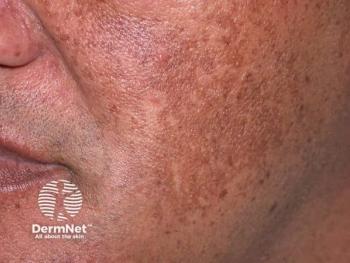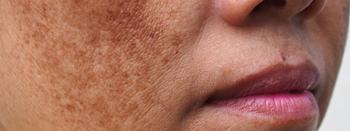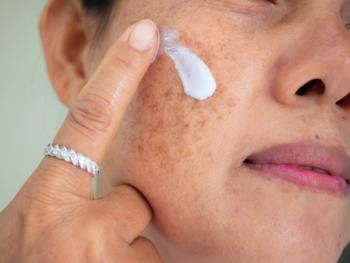
The psychological impact of pigmentary disorders
Patients with pigmentary disorders suffer high frequency of psychological disturbances, including anxiety and depression.
People with pigmentary disorders, including melasma, have a high prevalence of psychological conditions, including anxiety and depression, according to a
Unnatural skin color variations can be exasperating for people, especially in today’s digital age. This can lead to stress and psychological comorbidities, which might be even worse among people with darker Fitzpatrick skin types III-V, the authors write.
“Dermatologists are often focused only on remedying the cutaneous manifestations of these conditions, and it is easy to miss the psychiatric disorder lurking below,” the authors write. “To achieve satisfactory clinical outcomes, both dermatological and psychiatric aspects of pigmentary disorders should be accurately identified and promptly addressed.”
Researchers in Chandigarh, India, studied 272 patients, including 95 with vitiligo, 91 with acquired dermal macular hyperpigmentation and 86 with melasma, who were at a pigmentary clinic from June 2015 to December 2017. Patients were at least 18 years of age and had exposed lesions on the face or on body parts.
They used the Dermatology life quality index (DLQI), PRIMEâMD Patient Health Questionnaire, Patient Health Questionnaireâ9, Generalized Anxiety Disorderâ7 and Patient Health Questionnaireâ15 to assess for quality of life and the psychiatric comorbidities of depression, general anxiety disorder and somatoform disorders.
The researchers found that among melasma patients, 11.6% had anxiety, 12.8% had depression and 8.1% had somatoform disorder.
The frequency of psychiatric disorders was higher in patients with the other pigmentary disorders.
Among those with vitiligo, 21% had anxiety, 27% had depression and 17.9% had somatoform disorder.
Among patients with acquired dermal macular hyperpigmentation, 18.7% had anxiety, 24.1% depression and 14.3% somatoform disorder.
The more severe the skin disease, the greater likelihood that patients with each of the pigmentary disorders had anxiety and depression.
The psychological problems can impact young and old patients, alike. But the authors point out that quality of life was worse in unmarried patients with pigmentary abnormalities.
The authors recommend dermatologists consider using validated, easy-to-use psychiatric screening tools, such as the PRIME-MD, Patient Health Questionnaire (PHQ), PHQ-15, PHQ-9 and Generalized Anxiety Disorder-7 (GAD7), to detect mental illness in patients with pigmentary disorders.
The screenings can identify secondary emotional distress in these patients, according to the paper.
“Pigmentary disorders give rise to psychological disturbances, which in turn can hamper adequate medical treatment thus aggravating the pigmentary disorder itself,” the authors write.
A limitation of the study is that the results were not compared with a general healthy population, which should be the focus of a future study.
References:
Dabas G, Vinay K, Parsad D, Kumar A and Kumaran M. Psychological disturbances in patients with pigmentary disorders: A crossâsectional study. J Eur Acad Dermatol Venereol. 2019. Accepted Author Manuscript. doi:10.1111/jdv.15987
Newsletter
Like what you’re reading? Subscribe to Dermatology Times for weekly updates on therapies, innovations, and real-world practice tips.

















